From vibrant parrots to majestic peacocks, exotic birds have long captivated human imagination with their striking colors and unique abilities. Perhaps nowhere is this fascination more evident than in royal history, where monarchs often displayed their wealth and global connections through collections of rare avian companions. These royal bird enthusiasts went beyond mere ownership—many developed deep bonds with their feathered friends, built elaborate aviaries, and even influenced cultural trends around bird-keeping. In this article, we’ll explore five notable kings and queens throughout history who shared their palaces with exotic birds, revealing how these relationships reflected their personalities, political circumstances, and the expanding global awareness of their eras.
King Henry VIII and His Beloved African Grey Parrots
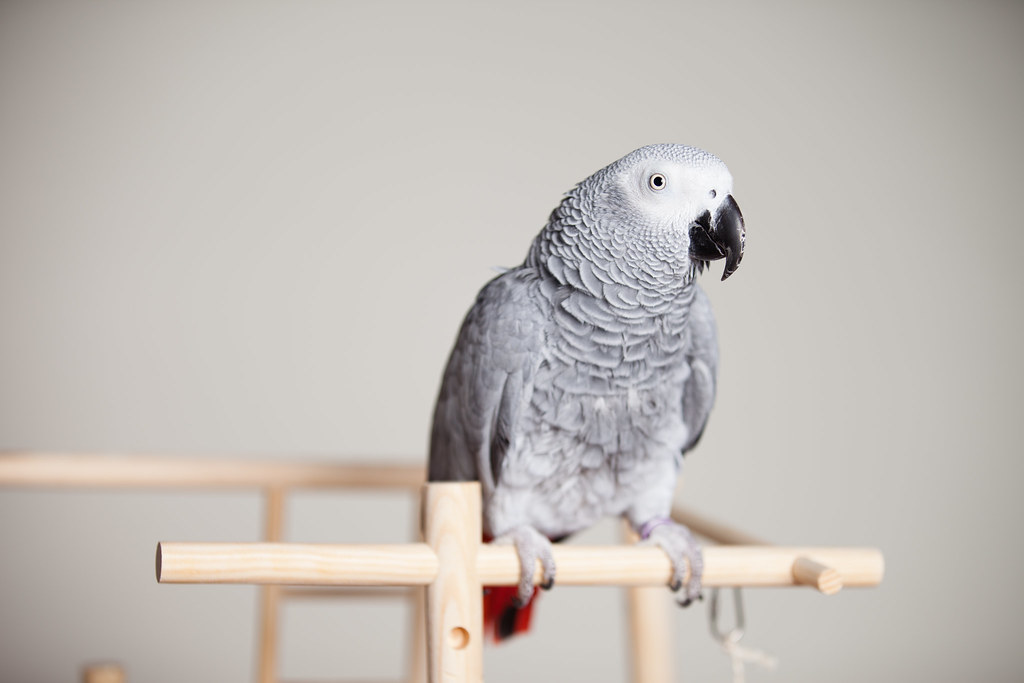
The notorious Tudor monarch King Henry VIII maintained an impressive collection of exotic birds at Hampton Court Palace, with African Grey parrots being among his most treasured companions. These intelligent birds were extremely rare and valuable in 16th century England, often costing more than the annual salary of a skilled craftsman. Henry’s court records show he employed dedicated bird keepers who provided specialized care for his parrots, including heated chambers during cold English winters and diets supplemented with imported fruits. The king reportedly taught several of his parrots phrases in multiple languages, demonstrating both his own multilingual abilities and the birds’ remarkable cognitive talents. Henry’s passion for exotic birds also served a political purpose, as his aviary showcased England’s growing global connections and the monarch’s ability to acquire rarities from distant lands.
Queen Isabella I of Castile’s New World Collection

Following Christopher Columbus’s voyages to the Americas, Queen Isabella I of Castile became one of the first European monarchs to own birds from the New World, including vibrant macaws and toucans previously unknown in Europe. When Columbus returned from his second voyage in 1496, he presented the Spanish queen with numerous exotic specimens, including several species of parrots that caused a sensation at court with their brilliant plumage and ability to mimic human speech. Isabella developed a particular fondness for a scarlet macaw that reportedly learned to recite the Ave Maria and became a favorite demonstration for visiting dignitaries. The queen’s bird collection became symbolic of Spain’s expanding empire and growing dominance in global exploration, with royal painters frequently including these exotic creatures in portraits to emphasize the crown’s worldwide reach. Isabella’s fascination with New World birds also encouraged further exploration, as she specifically requested additional avian specimens be brought back from subsequent voyages.
Emperor Jahangir’s Extensive Aviary in Mughal India
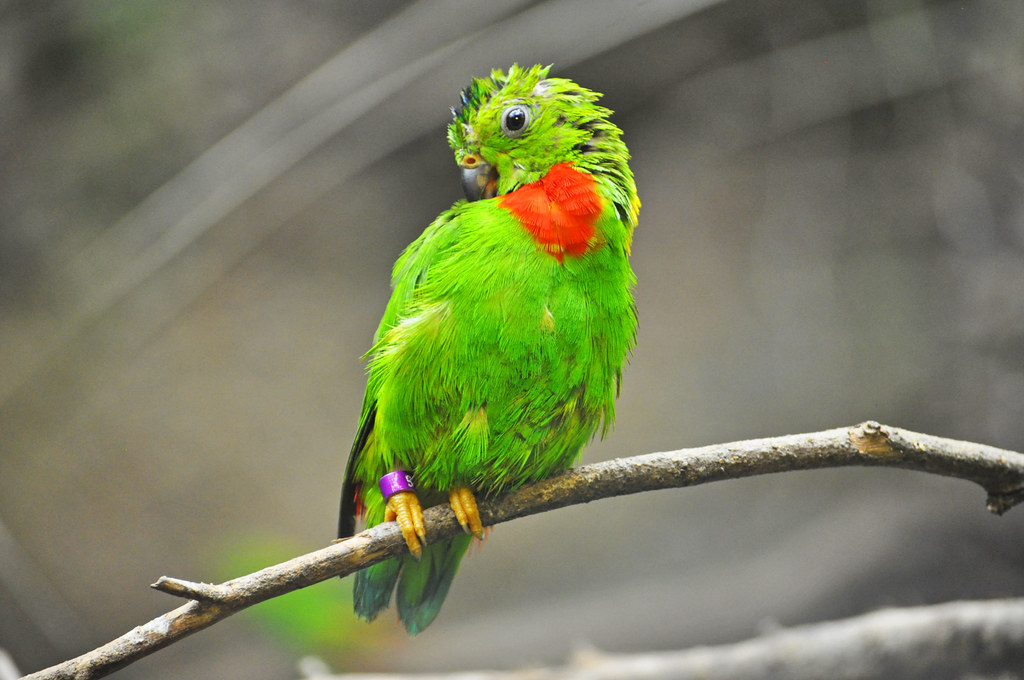
Emperor Jahangir, who ruled the Mughal Empire from 1605 to 1627, was perhaps history’s most passionate royal bird enthusiast, maintaining an aviary with thousands of exotic species from across Asia and beyond. In his memoirs, the “Tuzuk-i-Jahangiri,” the emperor documented detailed observations about his birds’ behaviors, breeding patterns, and distinctive characteristics, showing remarkable ornithological knowledge that was advanced for his time. Jahangir’s bird collection included rare pheasants from China, Birds of Paradise from Papua New Guinea, and countless parrots, peacocks, and songbirds from throughout the known world. The emperor’s passion extended beyond mere collection—he commissioned master artists to create lifelike portraits of his favorite birds, resulting in some of the most scientifically accurate and aesthetically stunning ornithological illustrations in pre-modern history. Jahangir’s deep emotional connection to his birds was evident when his favorite white crane died after fourteen years in his care, prompting the emperor to write a moving elegy and commission a marble memorial for the bird.
Marie Antoinette’s Exotic Aviary at Petit Trianon

France’s infamous queen Marie Antoinette created an elaborate aviary at her private retreat, Petit Trianon, which housed dozens of exotic bird species as part of her idealized rural escape from court formalities. The queen’s bird collection reflected her personal taste for luxury and exoticism, featuring golden pheasants from China, African lovebirds, and rare hummingbirds that required extraordinary care in pre-central heating Europe. Marie Antoinette reportedly spent hours observing her birds and had specific favorites she would personally feed, including a sulphur-crested cockatoo that was trained to bow to visitors. The queen’s lavish spending on her birds—including heated winter quarters with specialized glass panels and imported foods—became yet another target for critics who portrayed her as disconnected from the suffering of ordinary French citizens. Following the French Revolution, inventories of the royal properties recorded over 30 species of exotic birds in her collection, many of which were subsequently dispersed to other aristocratic collections or scientific institutions.
Empress Dowager Cixi’s Precious Songbirds
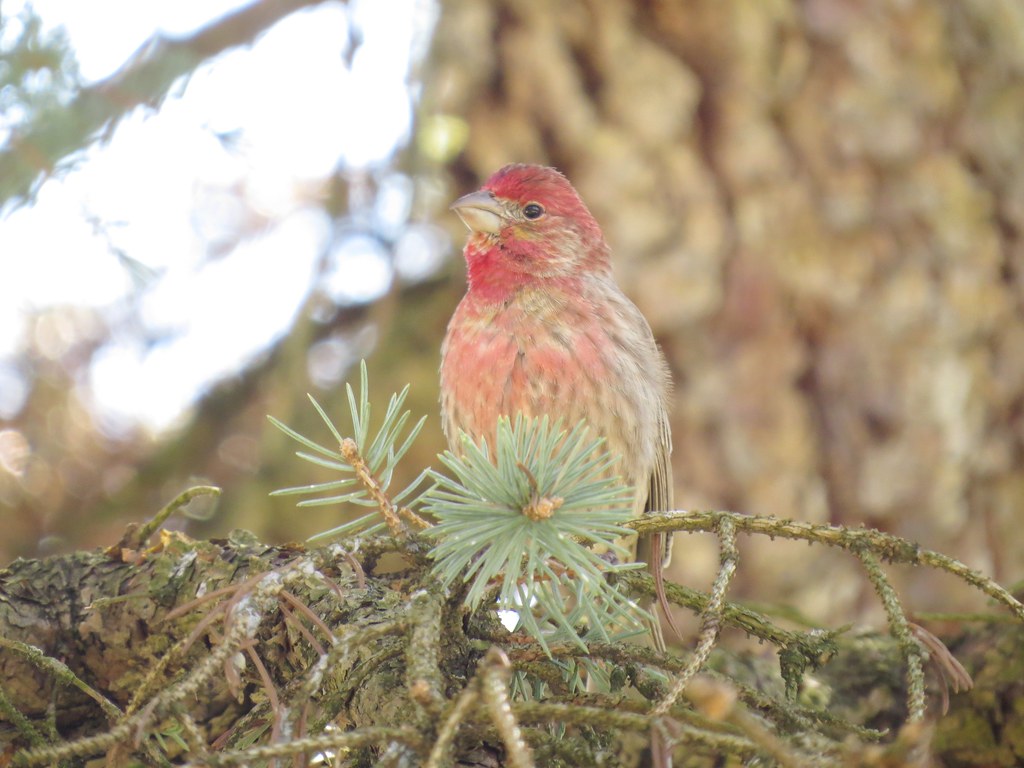
China’s powerful Empress Dowager Cixi, who effectively ruled the Qing Dynasty from 1861 to 1908, maintained an exceptional collection of songbirds, with a particular fondness for nightingales and native Chinese larks kept in intricately carved ivory and jade cages. Unlike many royal bird collectors who emphasized exotic appearances, Cixi prized birds primarily for their songs and selected specimens with the most melodious voices from throughout the empire. Court records indicate the empress employed over a dozen specialized bird keepers whose sole responsibility was caring for her avian companions, with detailed feeding schedules and exercise regimens for each species. Cixi often brought her favorite birds to important political meetings, believing their songs created a harmonious atmosphere that facilitated better governance and decision-making. The empress was also known to release dozens of songbirds annually in ceremonial events tied to Buddhist concepts of merit-making, though critics noted these gestures were offset by the constant acquisition of new specimens.
Queen Charlotte’s Scientific Approach to Bird Keeping
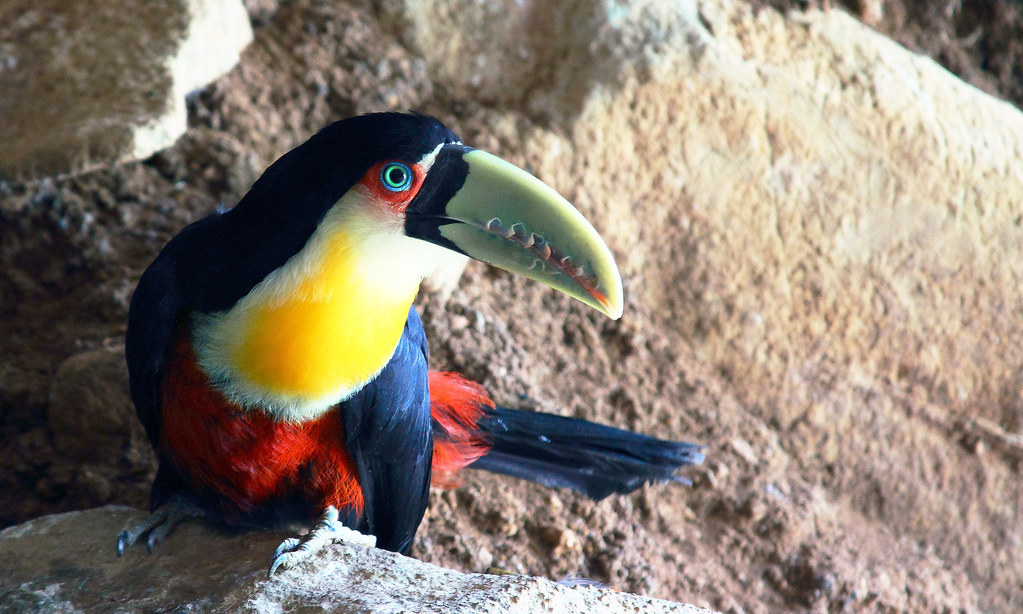
The wife of King George III, Queen Charlotte of England (1744-1818), approached her exotic bird collection with remarkable scientific rigor, corresponding with naturalists and documenting the behaviors of her feathered companions. The queen’s aviary at Kew Palace became something of an early zoological study center where she meticulously recorded feeding preferences, breeding cycles, and health concerns for species including Australian cockatoos, African grey parrots, and South American toucans. Charlotte collaborated with renowned naturalist Sir Joseph Banks, who provided specimens from his voyages and advised on their care, making her collection important for early ornithological research in Britain. The queen’s detailed journals included watercolor sketches of her birds along with notes on their personalities, vocalizations, and social behaviors—observations that were later used by scientific writers of the period. Charlotte’s methodical approach to bird keeping represented the Enlightenment-era intersection of royal privilege and scientific inquiry, as her resources allowed for the study of species that most researchers could only access as preserved specimens.
Louis XIV’s Exotic Bird Menagerie at Versailles
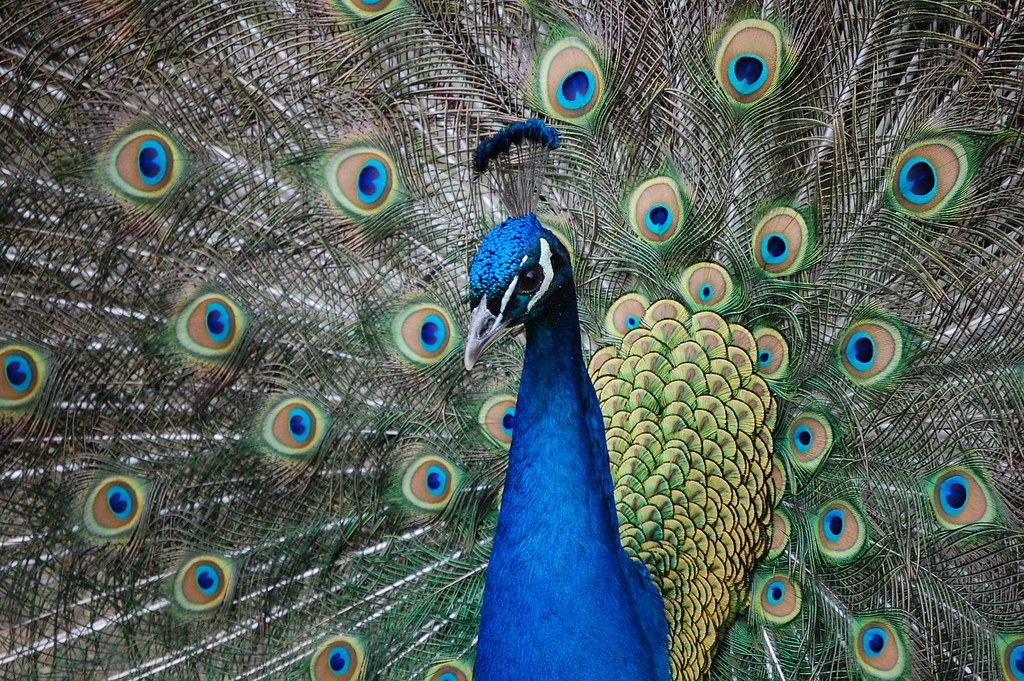
The Sun King’s famous palace at Versailles included an extensive menagerie with a special section dedicated to exotic birds from throughout France’s expanding colonial empire. Louis XIV’s bird collection was deliberately designed as a living map of French global influence, with sections organized by geographic region and species selected to represent the most impressive specimens from each territory. The king’s aviaries featured innovative architectural elements that allowed visitors to view birds in settings that somewhat mimicked their natural habitats—an early precursor to modern zoo design. Court documents reveal that Louis employed Caribbean natives specifically to care for tropical birds from the French West Indies, believing they possessed special knowledge about these species’ requirements. The monarch’s passion for exotic birds also influenced fashion at the French court, with feathers from peacocks, macaws, and Birds of Paradise becoming essential decorative elements for noble attire during his reign.
Catherine the Great’s Imperial Russian Aviary
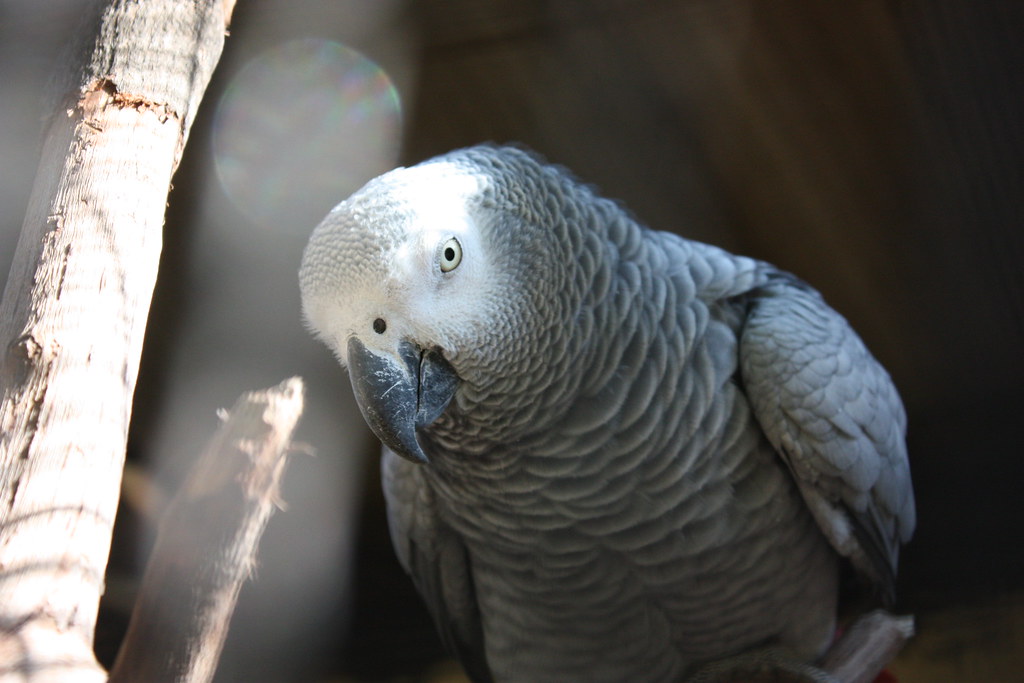
Russia’s Empress Catherine II created one of Europe’s most impressive royal aviaries, housing hundreds of exotic birds in heated pavilions on the grounds of her Winter Palace in St. Petersburg. The empress particularly favored talking birds, maintaining a collection of African Grey parrots that were taught to recite poetry in Russian, French, and German—Catherine often used these multilingual birds to entertain foreign dignitaries. Historical records indicate Catherine paid extraordinary sums for rare specimens, including gold-plated cages for her favorite birds that cost more than the annual salaries of high-ranking government officials. The empress established a dedicated imperial breeding program for several parrot species, successfully propagating birds that rarely reproduced in captivity during this era. Catherine’s ornithological interests extended beyond mere collection—she corresponded with Enlightenment naturalists like Buffon and Linnaeus, providing observations from her aviary that contributed to scientific understanding of exotic bird species.
King Ludwig II’s Fairy Tale Bird Pavilions
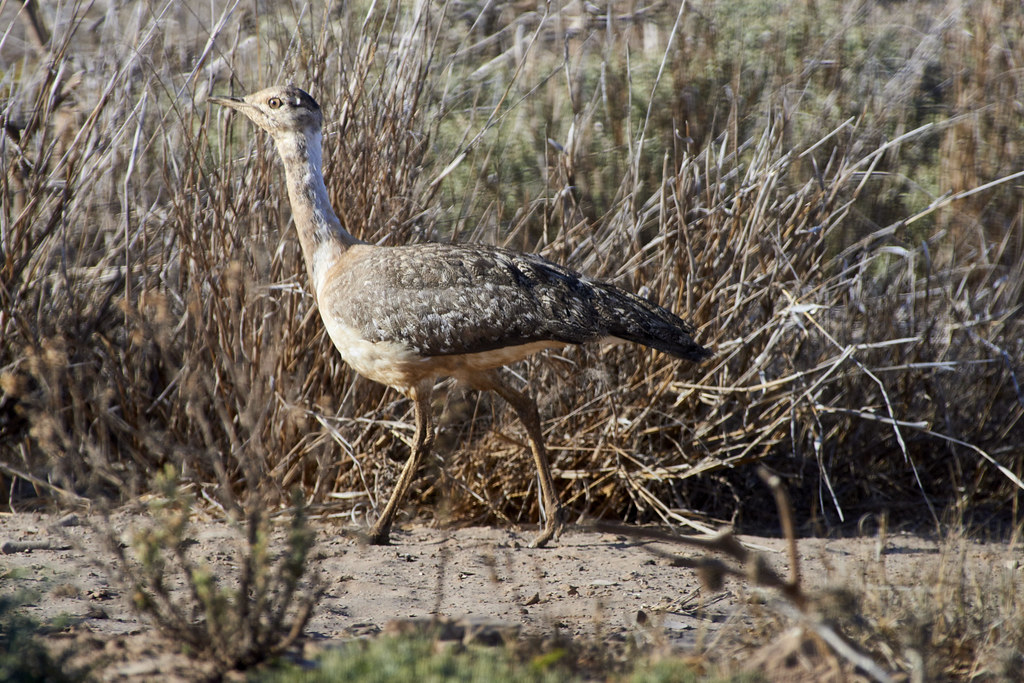
Bavaria’s eccentric “Fairy Tale King” Ludwig II incorporated elaborate bird pavilions into his fantastical castle designs, creating ornate structures where exotic birds lived in settings inspired by romantic literature and opera. At Linderhof Palace, Ludwig built a Moorish-style bird pavilion with gold-plated domes and climate-controlled interiors where peacocks, golden pheasants, and tropical parrots lived amid artificial palms and flowing fountains. The king was known to spend hours alone with his birds, sometimes reading poetry aloud to them or playing music on a specially designed mechanical organ that wouldn’t frighten the more sensitive species. Ludwig’s bird keepers maintained detailed records showing the king’s extraordinary expenditures on his avian companions, including importing specific flowers to be planted near aviaries so birds would have familiar nectars and seeds. Following his mysterious death in 1886, inventories of his properties revealed Ludwig had spent more on his bird pavilions than on some of his administrative buildings, reflecting his prioritization of aesthetic fantasy over practical governance.
The Cultural Impact of Royal Bird Collections
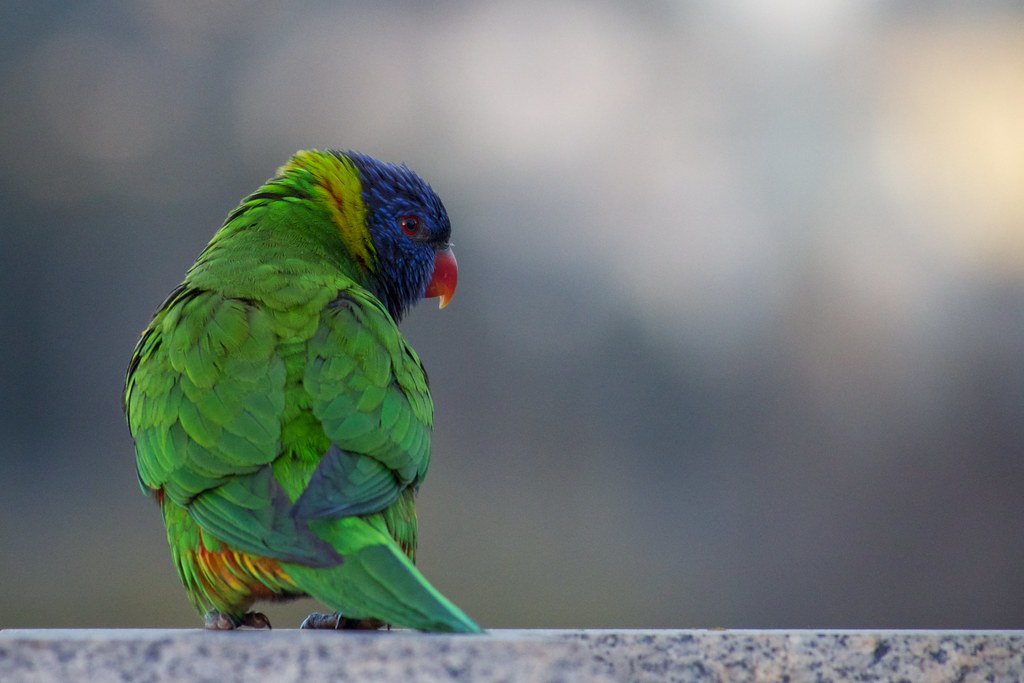
Royal fascination with exotic birds had far-reaching cultural effects, influencing everything from fashion and art to early scientific understanding of avian species. The monarchs’ collections often represented the first exposure many Europeans had to exotic birds, with court painters documenting these species in artworks that circulated among the educated classes. Bird keeping quickly became a status symbol among the nobility and emerging merchant classes, who sought to emulate royal tastes by acquiring their own exotic specimens. The demand created by royal collectors fueled early global bird trade networks that unfortunately led to over-harvesting of many species, particularly colorful parrots and Birds of Paradise. Court writings about these royal collections, including care instructions and behavioral observations, formed an important foundation for early ornithological knowledge, bridging the gap between folklore and scientific understanding of exotic birds. The legacy of these royal aviaries can still be seen in modern zoological collections, which evolved in part from royal menageries opened to the public during the democratic transitions of the 18th and 19th centuries.
The Ethical Complexities of Historical Royal Bird Keeping
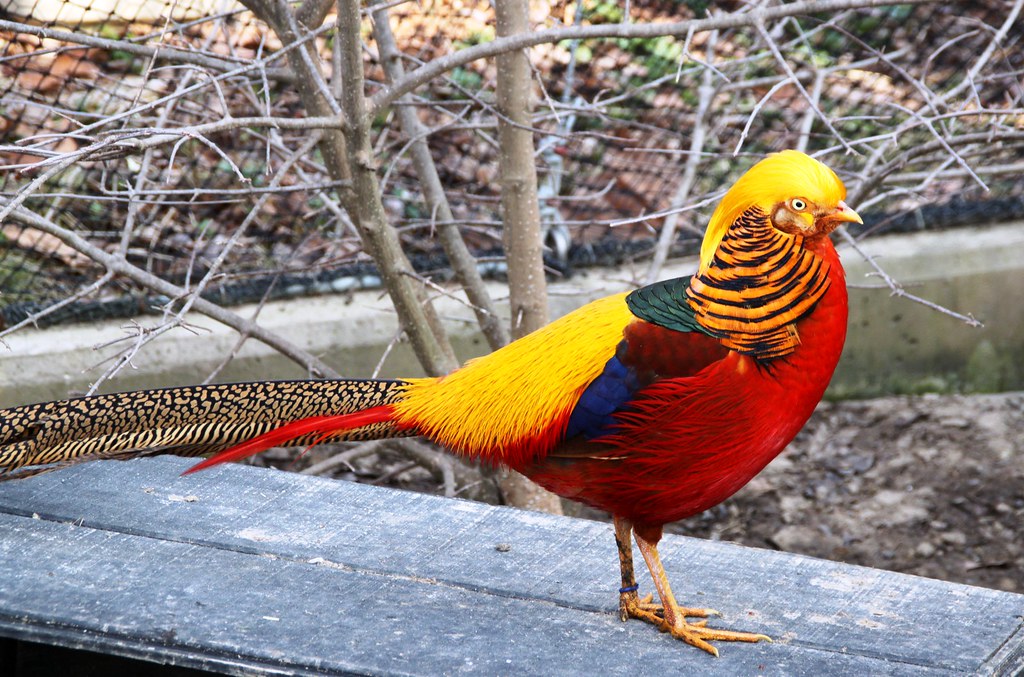
From a modern perspective, royal exotic bird collections present complex ethical considerations regarding animal welfare, conservation, and the exploitation of colonized territories. Many of these birds were captured using methods that resulted in high mortality rates, with historical records suggesting that for each bird that reached a royal collection alive, dozens may have perished during capture or transport. The environmental impact of royal demand was significant, with certain species facing localized extinction in accessible regions to satisfy collectors’ desires for the rarest specimens. However, these royal collectors also preserved valuable knowledge about species that might otherwise have been lost, with their detailed records and commissioned illustrations providing data points for understanding birds that were later driven to extinction through habitat destruction. Modern historians and ethicists continue to grapple with this complicated legacy, acknowledging both the genuine affection many monarchs had for their avian companions and the problematic aspects of removing these creatures from their natural environments to serve as living symbols of royal power and wealth.
The Legacy of Royal Bird Enthusiasts Today
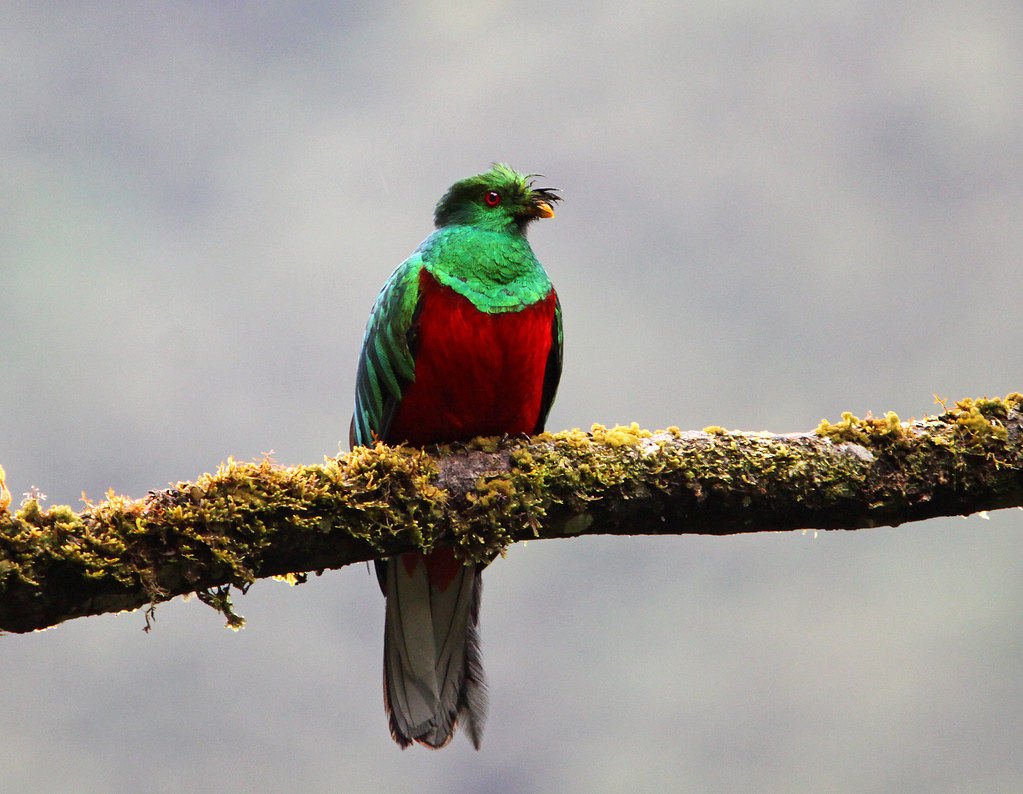
The exotic bird collections of historical monarchs continue to influence our relationship with birds and shape modern institutions dedicated to avian conservation and education. Many contemporary zoological gardens trace their origins directly to royal collections that were eventually opened to the public, including the London Zoo (connected to the royal menagerie at the Tower of London) and Paris’s Jardin des Plantes (which received animals from Versailles after the French Revolution). The detailed records kept by royal bird enthusiasts like Queen Charlotte and Emperor Jahangir provide valuable historical data points for understanding the natural history and original ranges of species that have since become endangered or extinct. Art collections commissioned by bird-loving monarchs preserve images of species in their natural splendor, offering both aesthetic beauty and scientific information about historical appearances and behaviors. Modern conservation efforts for endangered bird species sometimes reference historical royal collections when establishing breeding programs, drawing on centuries-old documentation about successful captive breeding techniques pioneered in royal aviaries.
Conclusion
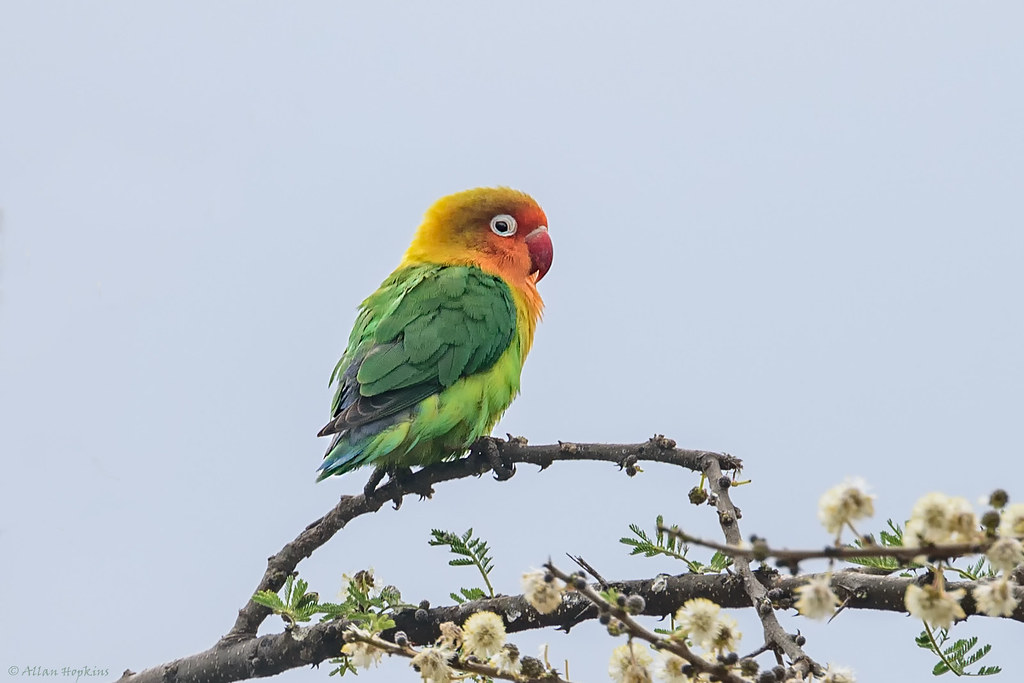
The exotic bird collections of history’s monarchs reveal much more than simple pet ownership—they represent the intersection of power, global exploration, scientific curiosity, and personal passion. These royal bird enthusiasts, from Henry VIII to Empress Dowager Cixi, used their resources to create unprecedented opportunities for studying and appreciating avian species from distant lands. While modern ethical standards might question the methods by which these collections were assembled, the genuine attachments many monarchs formed with their feathered companions humanizes these powerful historical figures. Their legacies persist in our scientific understanding, cultural representations, and institutional approaches to bird conservation today. The next time you visit a zoological garden or admire a detailed painting of an exotic bird, you might be experiencing the distant echo of a royal collection that once brought color and song to the corridors of power centuries ago.
